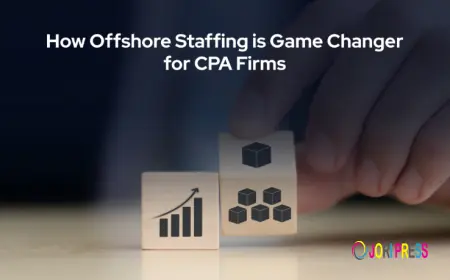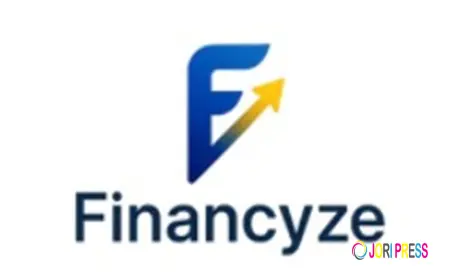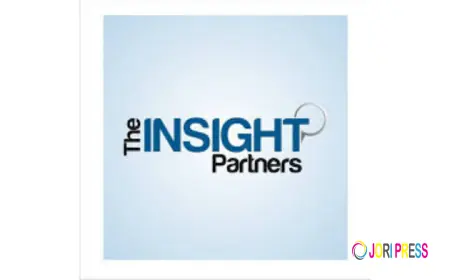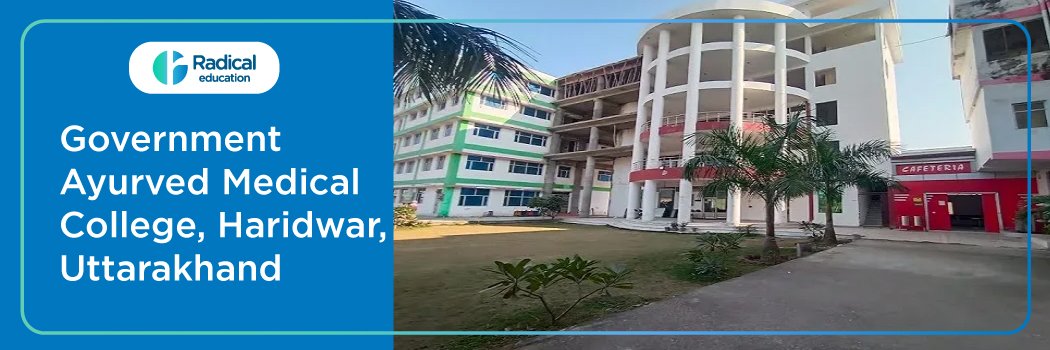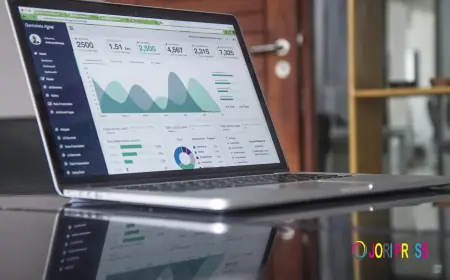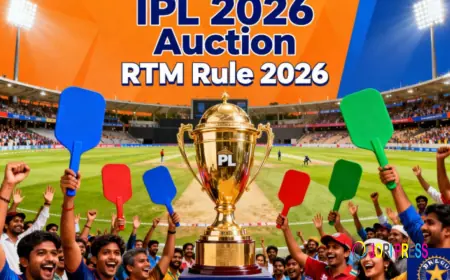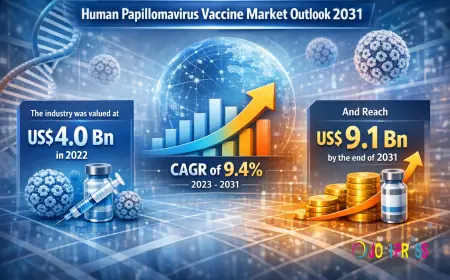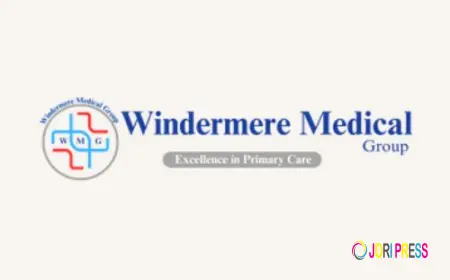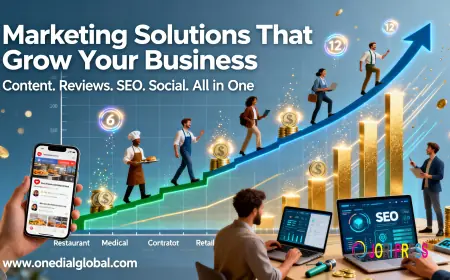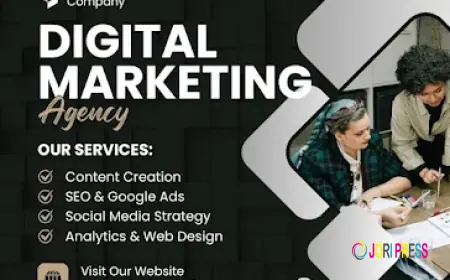SEO and PPC Services: A Complete Informational Guide

Introduction
SEO (Search Engine Optimization) and PPC (Pay-Per-Click) services are two major components of digital marketing that help websites appear in search engine results. Both strategies aim to increase visibility, attract relevant users, and support data-driven decision-making. Although they work differently, SEO and PPC are often used together to achieve balanced, sustainable online growth.
This blog explains how SEO and PPC work, their core processes, key differences, and why many businesses rely on both for comprehensive online visibility.
1. Understanding SEO (Search Engine Optimization)
What is SEO?
SEO is the process of improving a website so that search engines can understand its content and rank it higher in organic search results. It focuses on relevance, quality, website performance, and user experience.
How SEO Works
Search engines use algorithms to analyze websites based on hundreds of ranking factors. SEO aligns site content and structure with those factors:
-
Keyword Research
Identifying topics and search queries users commonly look for.
-
On-Page Optimization
Improving titles, headings, meta descriptions, URLs, and keyword placement.
-
Technical SEO
Enhancing page speed, mobile responsiveness, indexing, schema markup, and website security.
-
Content Optimization
Creating informative, helpful, and search-intent-based content that answers user queries.
-
Link Building
Getting reputable websites to link back, helping search engines trust the site.
Benefits of SEO
-
Long-term visibility
-
Cost-effective results
-
Increased organic traffic
-
Better user experience
SEO builds sustainable traffic over time by making a website more accessible and understandable to search engines.
2. Understanding PPC (Pay-Per-Click) Advertising
What is PPC?
PPC is a paid advertising model where advertisers pay each time a user clicks on their ad. These ads commonly appear at the top of search results, on social platforms, and across display networks.
How PPC Works
PPC uses bidding systems where advertisers select keywords, create ads, and set budgets. Search engines then display the ads based on relevance, bid value, and quality score.
Key components include:
-
Keyword Targeting
Selecting search terms likely to convert.
-
Ad Copy Creation
Crafting text that aligns with the keyword and user intent.
-
Landing Page Quality
Ensuring the page provides relevant information and a smooth user experience.
-
Bidding and Budget Control
Setting maximum cost-per-click (CPC) and managing spending.
-
Performance Tracking
Measuring impressions, click-through rate (CTR), cost-per-click, and conversions.
Benefits of PPC
-
Instant visibility
-
Precise targeting
-
Full budget control
-
Detailed analytics
PPC is especially useful for new websites or time-sensitive campaigns that require quick traffic.
3. Key Differences Between SEO and PPC
|
Factor |
SEO |
PPC |
|
Cost |
Primarily effort-based |
Pay per click |
|
Results Timeframe |
Slow but long-term |
Fast but stops when the budget ends |
|
Traffic Type |
Organic |
Paid |
|
Placement |
Below paid ads in results |
Top positions of search pages |
|
Longevity |
Sustainable |
Dependent on budget |
Both methods serve different purposes but complement each other extremely well.
4. Why Businesses Use Both SEO and PPC Together
Using SEO and PPC together creates a more complete online marketing approach.
Combined Benefits
-
Increased visibility: Appearing in both paid and organic results strengthens brand presence.
-
Keyword insights: PPC provides fast performance data that can guide SEO strategy.
-
Improved targeting: SEO captures long-term searchers, while PPC captures immediate intent.
-
Better conversion opportunities: Multiple entry points increase the chance of user action.
SEO builds authority over time, while PPC provides immediate exposure — creating a balanced approach to visibility and traffic generation.
5. Important Metrics Used in SEO and PPC
SEO Metrics
-
Organic traffic
-
Search rankings
-
Bounce rate
-
Backlinks
-
Page load speed
-
Engagement rate
PPC Metrics
-
Click-through rate (CTR)
-
Cost-per-click (CPC)
-
Conversion rate
-
Quality score
-
Cost-per-conversion
-
Ad relevance
These measurements help evaluate performance and optimize campaigns more effectively.
6. SEO and PPC: Semantically Related Concepts
To strengthen semantic context, related terms often used in this domain include:
-
Search engine algorithms
-
Keyword intent
-
Landing page optimization
-
Quality score
-
Organic visibility
-
Campaign management
-
Conversion tracking
-
Digital analytics
-
Search impressions
-
Audience targeting
These concepts help shape the broader structure of search-focused marketing strategies.
Conclusion
SEO and PPC services play essential roles in improving online visibility. While SEO focuses on long-term organic growth through content, technical performance, and site authority, PPC provides immediate reach through targeted ads and controlled budgets. Together, they create a balanced and data-driven approach to reaching audiences and understanding their behavior.
By combining both, businesses gain a clearer digital presence, better search coverage, and a more comprehensive understanding of user intent across multiple stages of the buyer journey.
What's Your Reaction?
 Like
0
Like
0
 Dislike
0
Dislike
0
 Love
0
Love
0
 Funny
0
Funny
0
 Angry
0
Angry
0
 Sad
0
Sad
0
 Wow
0
Wow
0
